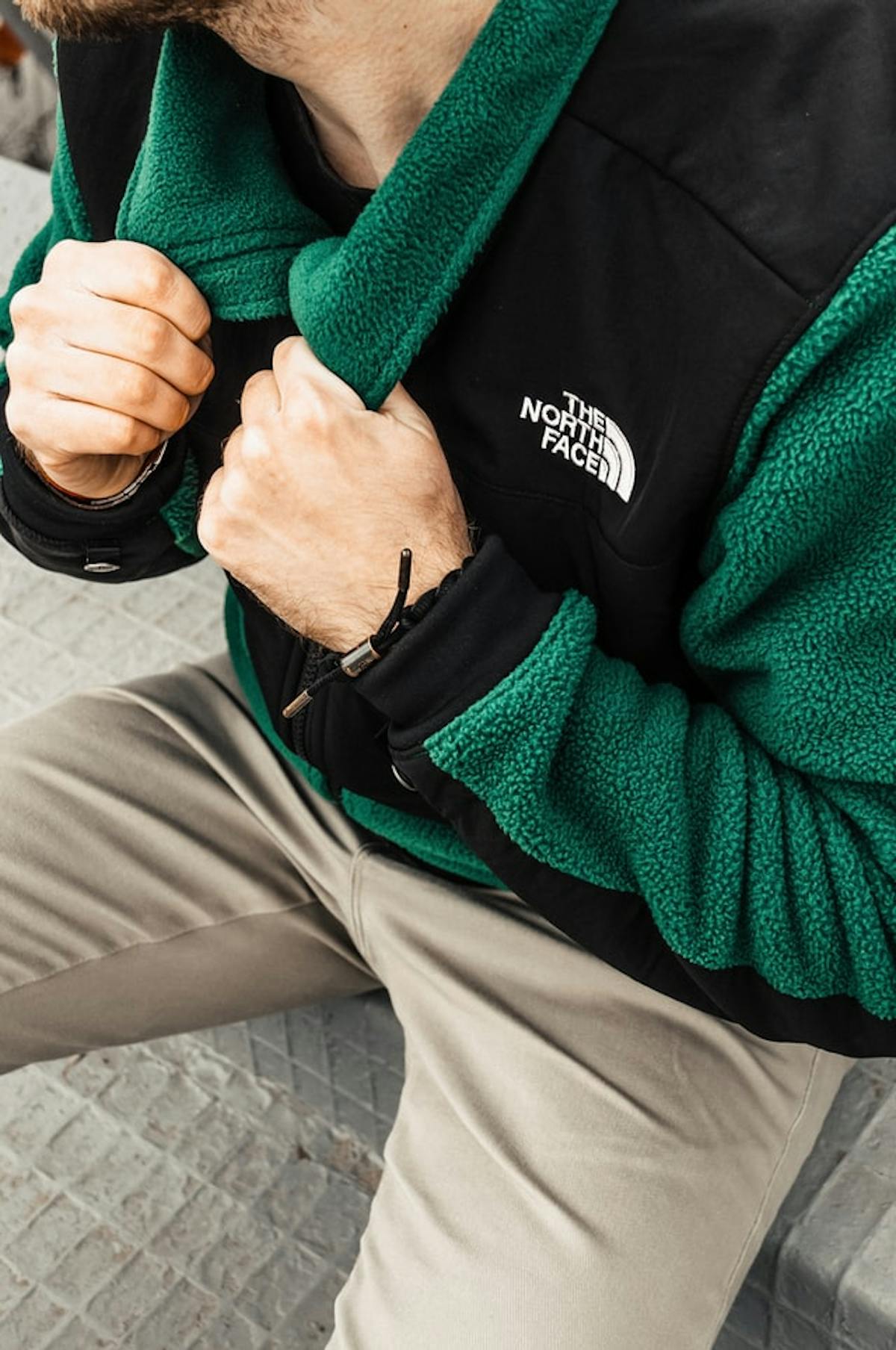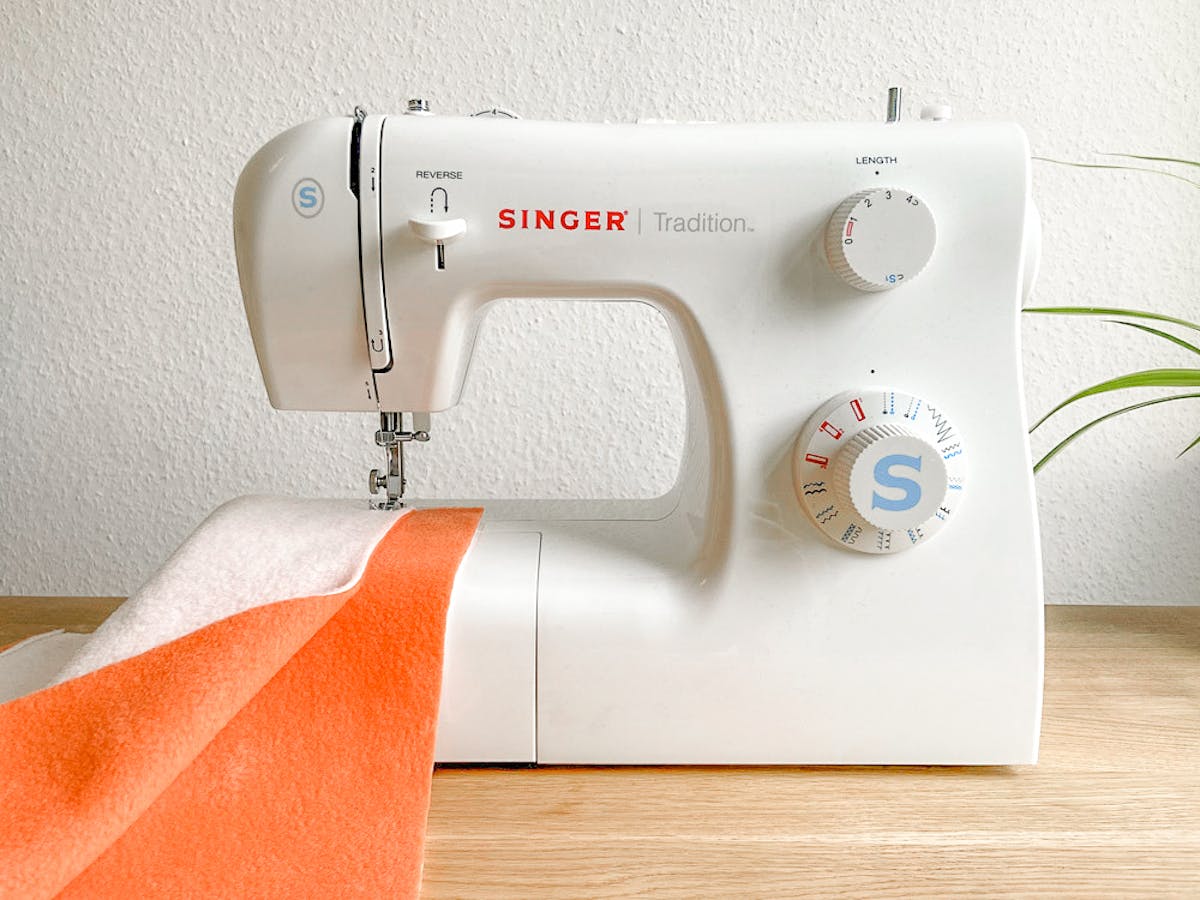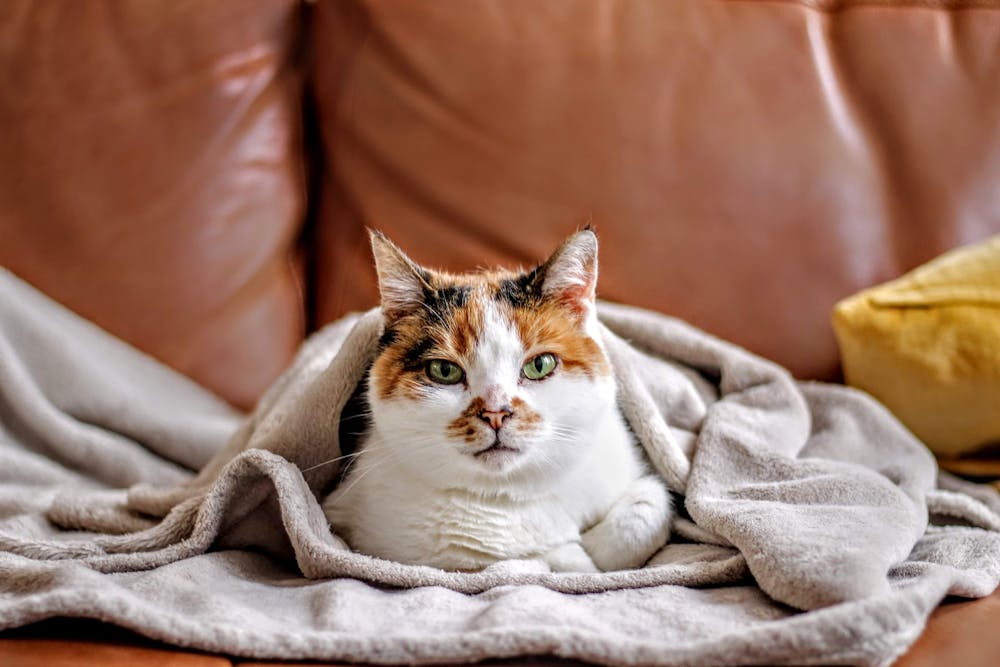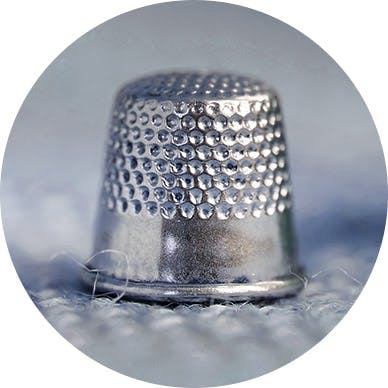Fleece is one of those innovative multi-use fabrics available in bright colors, striking patterns, and unbelievable softness. It is a great fabric option for everyone, from beginners to advanced sewists, and is known worldwide for being the fabric of cozy items you will constantly reach for.

What is Fleece Fabric?
Traditionally fleece refers to the wool on a sheep, though nowadays it is usually used to describe the man-made material available en-masse at most fabric and craft stores. Fleece is a knitted fabric with a soft pile (surface) made with polyester or acrylic fibers. The surface finish on fleece can vary from a short brushed finish, also known as polar fleece, to a longer pile that resembles shearling (sheepskin).
Why Is Fleece So Popular?
Since its conception in the 1970s, fleece has gained huge popularity with outdoorsy brands, where light, fast-drying, technical fabrics are favored most. Patagonia was one of the first to innovate on traditional polar fleece, creating a more stylish (the jury is still out on this) fleece fabric that is still integral to their brand today and catapulting it into an iconic fabric worn by everyone.
Outside of sports gear, fleece is a popular fabric in the crafting world as it is inexpensive and suitable for all skill levels. It is easy to manage and doesn't fray, making crafts like appliqué fun for anyone to try.
Common Uses For Fleece Fabric
Fleece is warm and protective while remaining ultra-light. These properties make it ideal for winter clothing and outdoors wear as it makes a great mid-layer to protect against the elements. You can use fleece for anything from blankets and sleeping bags to garments like sweatshirts, snoods, zip-up jackets, and as a warm lining for winter items. Fleece is loved by children and adults, making it suitable for projects for the entire family, just don't forget to add your custom labels while sewing!

Tips For Sewing With Fleece
Seams: As fleece is thick and bulky, you will want to keep seams as simple as possible. Try to avoid having too many layers or multiple seams that lead to a point to keep your final piece as smooth as possible. Use seam finishes such as flat felt, serging, zigzag, or binding as these will keep your edges tidy without extra bulk. Fleece can be crease-resistant and doesn't press well, making a traditional double-turned hem harder to get neat.
Stay Stitching: Knit fabrics become unstable when cut on the bias, so if you are cutting around any curves such as necklines, armholes, or across the grain, make sure to stay-stitch that edge after cutting. This way it will be less likely stretch out of shape while sewing your item together.
Choose Closures Carefully: Any types of closures, finishings, or embellishments should be chosen with care when adding to fleece items. Fleece is light and can stretch and sag if something heavy is pulling on it. So keep any extras to a minimum and try keep the shape of your garments as simple as possible.
Stabilize Fastenings: Zips, domes and snaps should be stabilized using an extra layer of fleece or interfacing as they can get wavy or bubble if the fleece gets stretched.
Follow The Same Nap: As the surface of fleece fabric is raised and textured, it will look different from different directions. It may be subtle compared to a fabric like faux fur, however it is still there. It will be much more obvious if two pieces sewn together are cut facing different ways, as the light will catch the fabric differently.
Stitch Length: If your fleece is on the thicker side, use a longer seam length of 3-3.5mm while sewing a straight stitch. As it is a knit fabric, fleece has a surprising amount of stretch and will also respond well to a small zag stitch on any high-pressure seams that need a bit of extra give, such as armholes and sleeves. When you first start your project, test a few rows of stitching on a scrap piece as you may need to adjust your machine tension to be a bit looser to accommodate for the thickness.
Needles: When sewing fleece, always start with a fresh ballpoint needle if you can. Polyester fabric is strong, so if you have a large amount of fleece to sew with, you might also need to change your needle more frequently than you usually would. Keep checking the quality of the stitches while you sew and if you notice they start to skip or look untidy, this might be a sign to put in a new needle.
Iron On Cool Setting: As fleece is usually polyester, it should only be ironed when really necessary and with your iron turned to the lowest setting so it does not melt.
Washing: These days a lot of fleece is made with recycled plastics. This is great at helping to reduce the need for new plastics, but even recycled polyester will still shed microplastics during the washing process. Washing your fleece at cooler temperatures and with less agitation can help, as will using a wash bag such as a Guppy Bag to stop many of these microfibers from ending up down the drain and into our oceans. You can also add a custom care label to your fleece items to remind yourself how to best look after your new makes.













